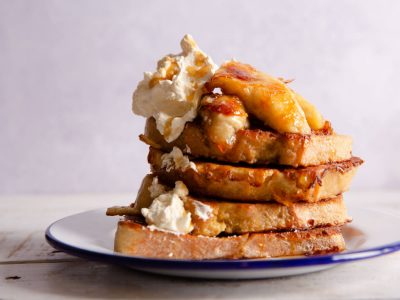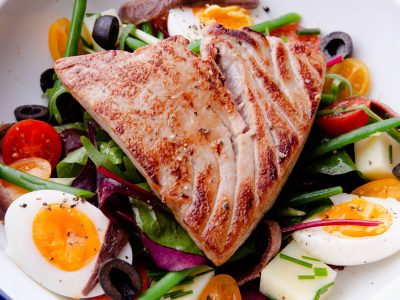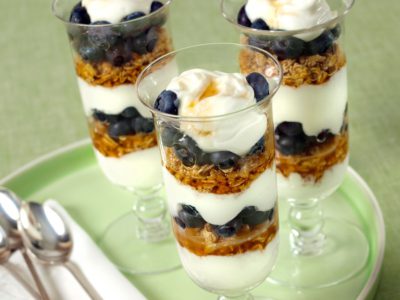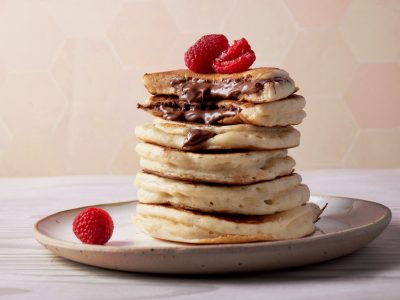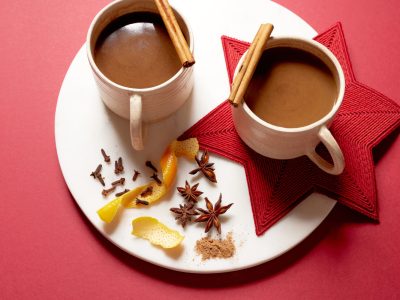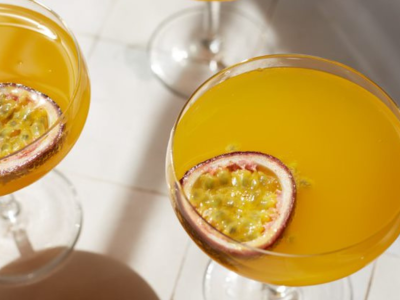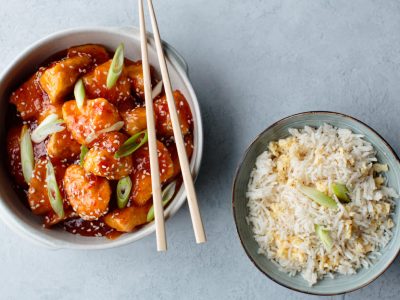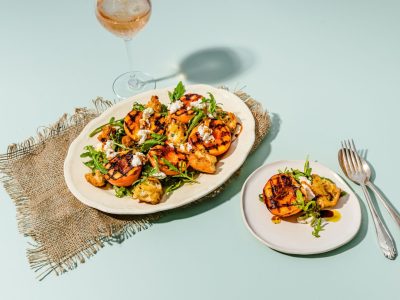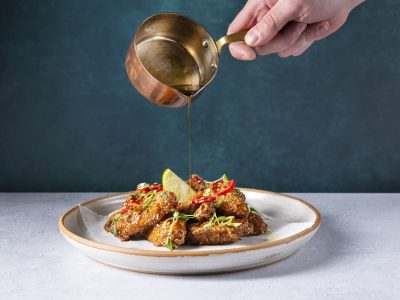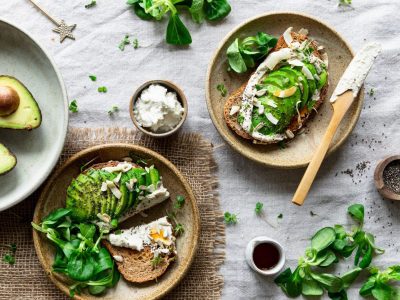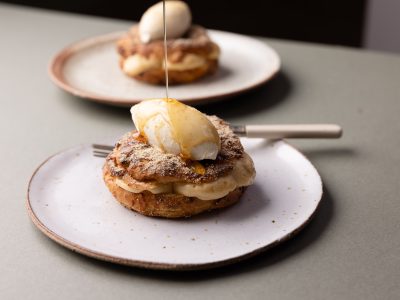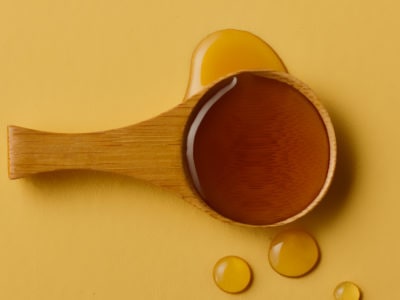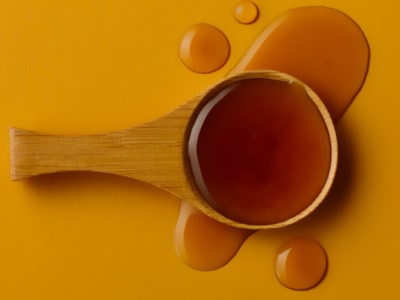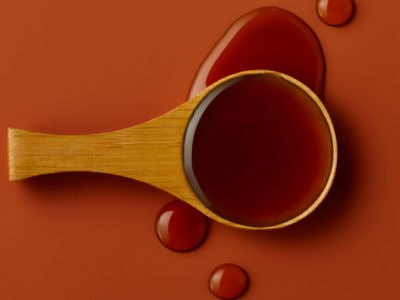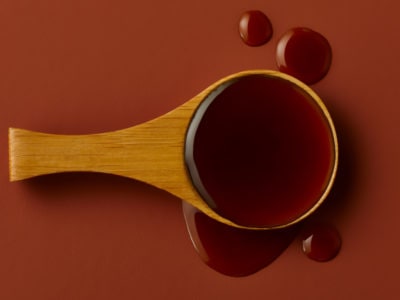Four Grades of Maple
A grade for every taste
Did you know pure maple syrup sold in UK supermarkets comes in four different grades, with each possessing its own unique colour and taste?
This is because the flavour of maple syrup varies depending on the time of harvest, transforming the ways the product can be used in cooking and baking.
But what are the four different maple syrup grades? Why does the flavour of maple syrup change? And how can you get the best out of each grade? Read on to find out!
Why are there different grades of maple syrup?
Maple syrup is graded to help consumers find the right product for their cooking and baking. Through the years, the industry has implemented several different grading systems to underline the changes in colour and flavour that occur during the harvest.
In 2016, the grades used today were introduced, replacing the letter-based system of classification with groupings based on colour. There are four colour grades in total, with the lighter ones possessing a delicate taste and the darker grades associated with a stronger flavour.
These differences are all to do with the weather. The harvest starts in early spring, when cold conditions restrict microbial activity within the sap. As temperatures increase, so too does the number of bacteria within sap, changing the colour and taste of the resulting syrup.
The increase in bacteria is directly linked to a reduction in sugar content and a darkening of the sap. This is why maple syrup harvested at the start of the season is lighter and more subtle in flavour, while the product from the end of the harvest is darker and has a more pronounced taste.
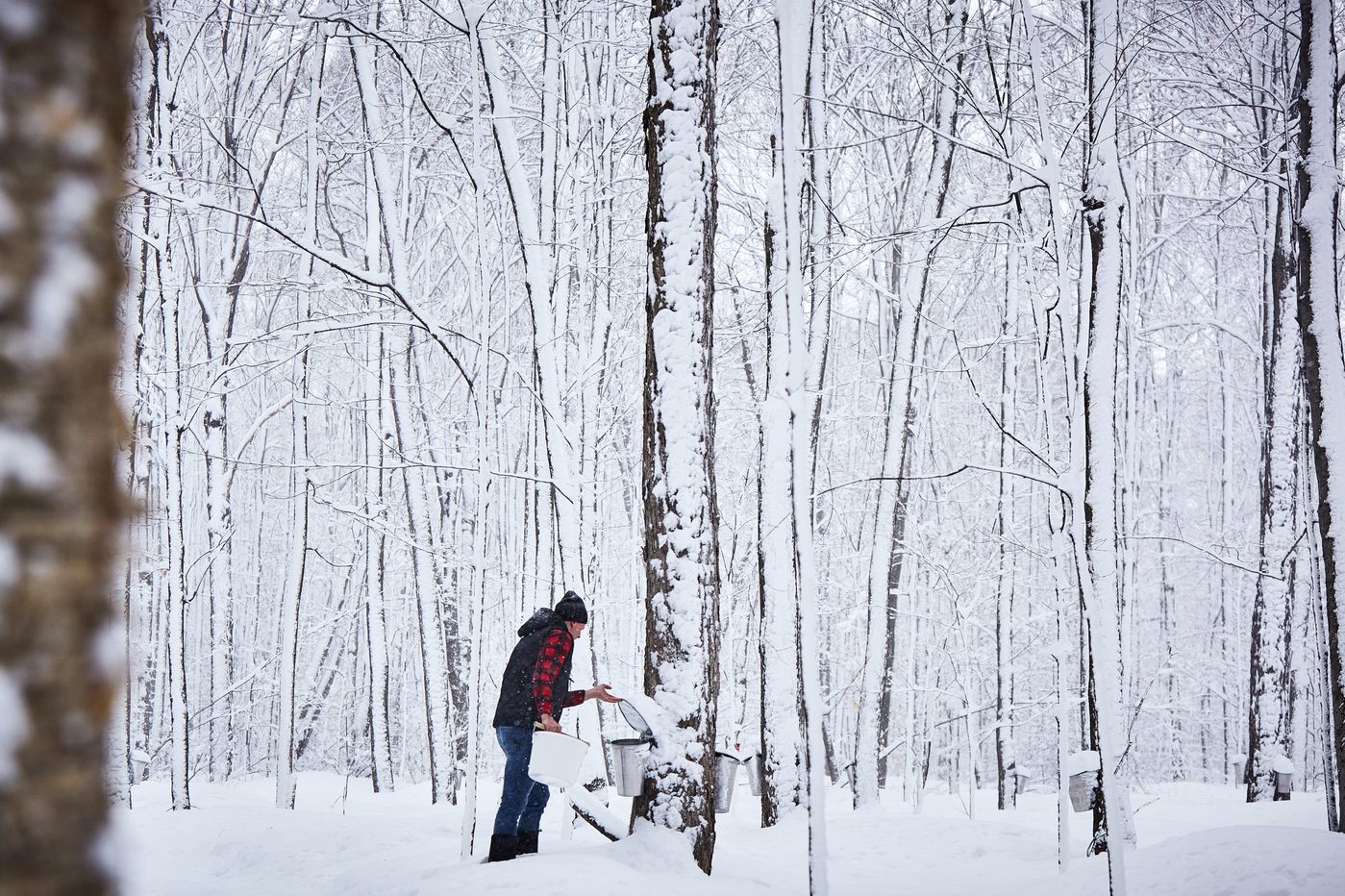
Learn more about the maple production process below.
What are the different grades of maple syrup?
The four grades of maple syrup are golden, amber, dark and very dark. Produced during the first half of the tapping season, the golden and amber grades are lighter in colour and have a more delicate taste, while the darker grades collected at the end of the harvest are stronger in flavour.
Below, we take a closer look at the unique attributes of each grade and offer suggestions on how to incorporate them into your cooking and baking.
Golden maple syrup
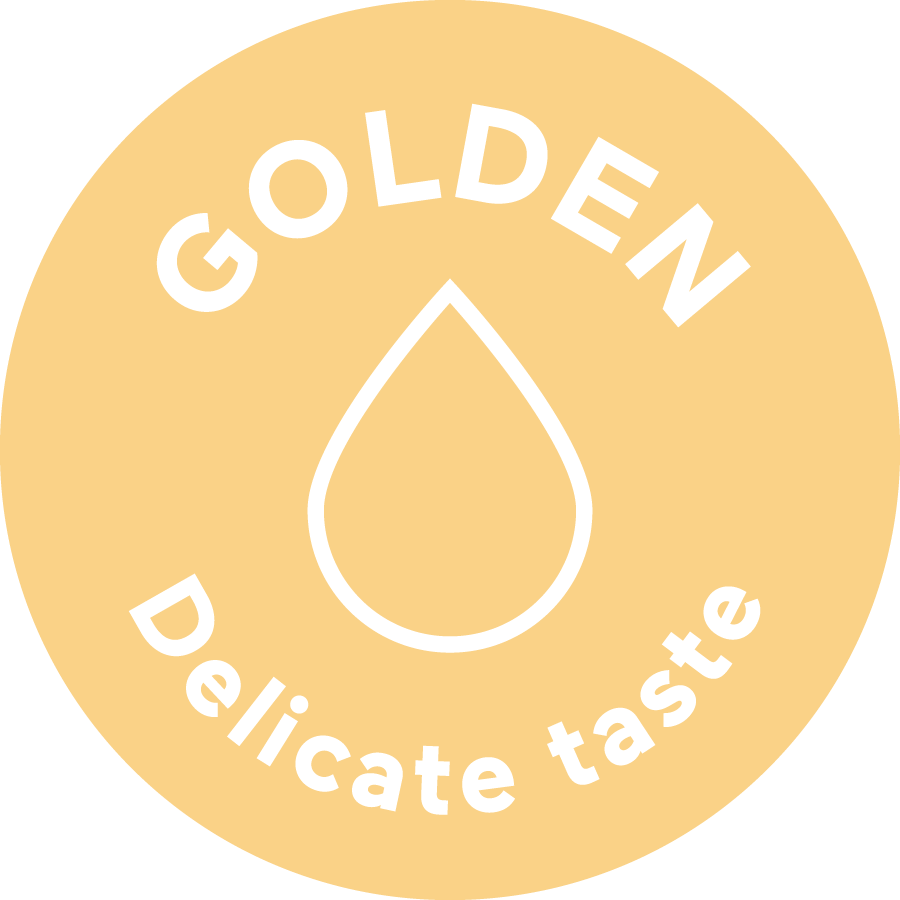
Golden maple syrup – not to be confused with golden syrup – is produced at the start of the season when microbial activity within the sap is at its lowest.
Cooler temperatures result in a light, translucent colour and a delicate taste that is suited to drizzling directly over desserts and other sweet treats.
Suggested uses and recipes:
- Pour over granola – granola parfait
- Add to salad dressing – salad niçoise
- Spill over French toast – vanilla French toast
Amber maple syrup
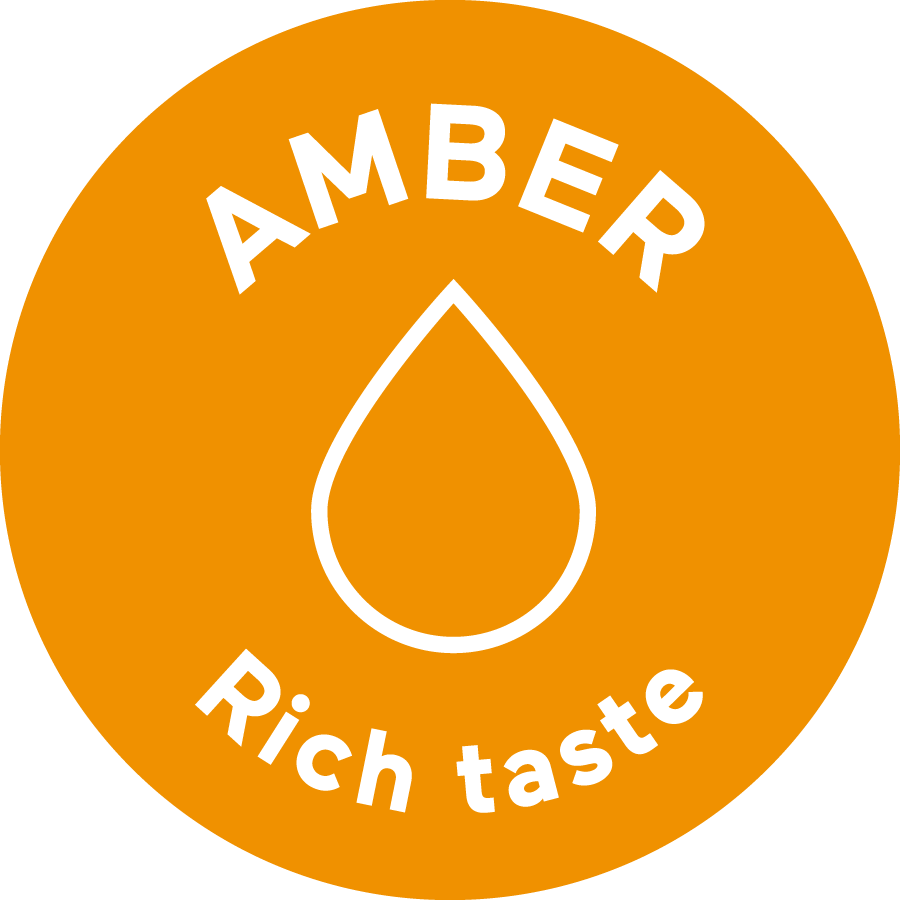
As temperatures start to rise, microbial activity within the sap converts the sucrose into fructose and glucose, changing the flavour of the syrup.
Amber maple syrup, produced towards the middle of the harvest, has a rich, well-rounded flavour that’s perfect for people looking for that classic maple taste.
Suggested uses and recipes:
- Drizzle over pancakes – chocolate-stuffed pancakes
- Add to hot drinks – hot buttered rum
- Mix into cocktails – passion fruit martini
Dark maple syrup
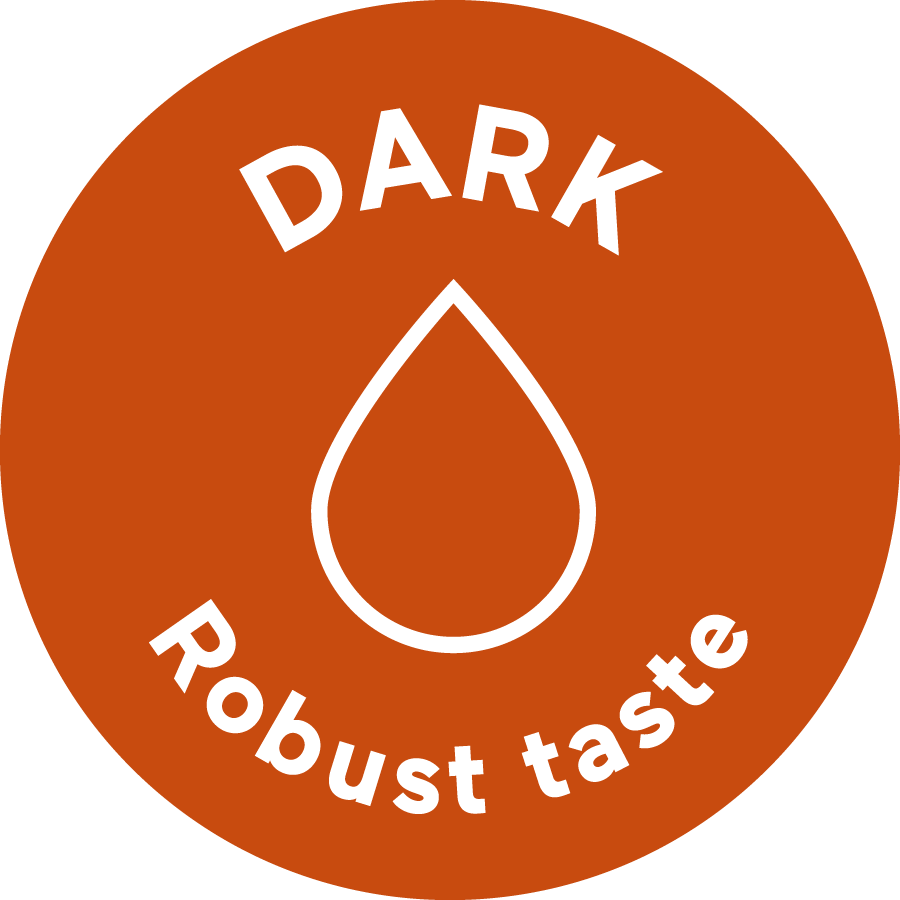
With the tapping season progressing deeper into spring, the sap’s sugar levels continue to decrease, taking on a dark colour.
Dark maple syrup is described as having a robust flavour that lends itself to cooking and baking rather than drizzling directly over food.
Suggested uses and recipes:
- Stirring into sauces – General Tso’s chicken
- Using in reductions – BBQ peach salad
- Marinating meats – tamarind chicken wings
Very dark maple syrup
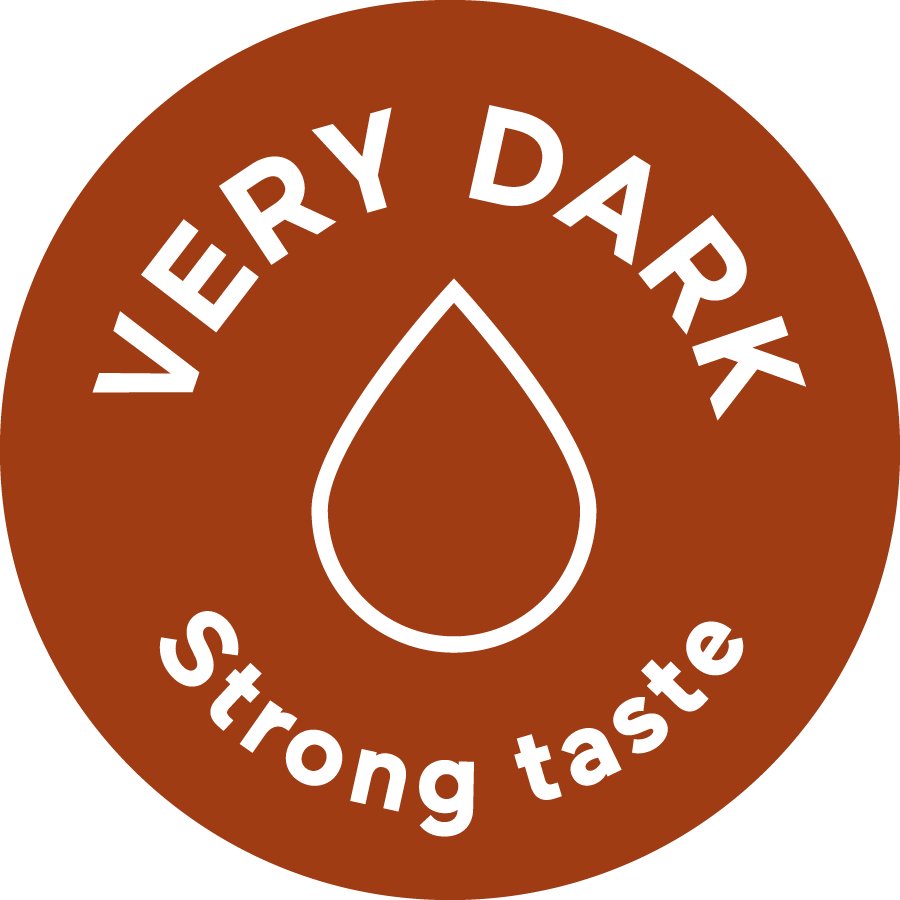
The final grade of the harvest, very dark maple syrup, has a thick brown colour that permits only a small amount of light to pass through.
Favoured by chefs and food manufacturers, this grade has a strong taste that works well in dishes where the distinct maple flavour profile needs to be more pronounced.
Recommended uses:
- Adding to batters – Victoria sponge cake
- Making ice cream – oat and barley ice cream
- Whipping cheeses – ricotta and avocado toast
Learn more about maple’s unique flavour below.
Which maple syrup grade is best?
If you’re wondering which maple syrup grade to purchase, the right answer will depend on how you intend to use it. The lighter grades are generally preferred for everyday uses like pouring over pancakes, while the darker grades are great for more complex recipes.
Regardless of the grade you choose, you can rest assured that all pure maple syrup sold in the UK meets the highest quality standards, with each bottle individually inspected to be:
- Free of fermentation
- Uniform in colour
- Free of sediment
- Produced from 100% maple sap
The same cannot be said for maple-flavoured blends, which are heavily processed and mixed with additives, diluting the natural maple flavour. So, whichever grade you choose, make sure to look for a bottle that’s clearly labelled ‘100% pure Canadian maple syrup’.
A grade for every taste
Whether you prefer the milder, more delicate taste of golden and amber maple syrup or the full-bodied flavour of the darker varieties, there really is a maple syrup grade for every occasion.
Today, the maple grading system is helping cooking enthusiasts, food manufacturers and professional chefs from all around the world find the perfect flavour for their creations.
Has all this talk of maple syrup whet your appetite? Curious to see how each of the maple syrup grades can be used in cooking and baking? Make sure to check out our huge range of maple syrup recipes, covering everything from desserts and drinks to snacks, starters and mains.
Hundreds of Delicious Recipes
Maple is a special addition to any recipe, from starters and snacks to sumptuous desserts. Find one that’s perfect for you, your family and friends.
)
